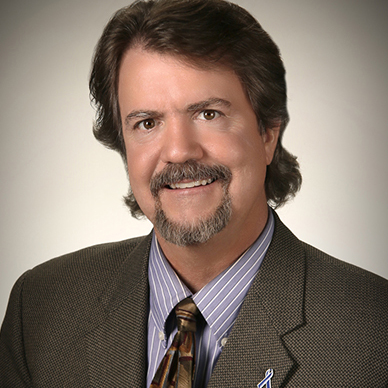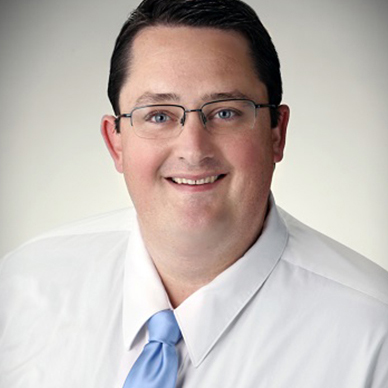PNWU Students and Faculty Illuminate a Hidden Diaphragm Variant
At Pacific Northwest University of Health Sciences (PNWU), research often begins with a question rooted in real-world experience. For Dr. Wade Justice, a board-certified radiologist with over a decade in medical imaging, that question was simple but profound: how common is diaphragmatic eventration, a variant long reported as rare?
Diaphragmatic eventration (DE) occurs when one side of the diaphragm — the main muscle that separates the chest from the abdomen and helps with breathing — sits higher than normal. The muscle is intact, but the dome is unusually shaped or thin. Most people with DE have no symptoms, and it’s often discovered incidentally in imaging. While harmless, it can sometimes be mistaken for more serious medical issues.
“I wondered if the literature underestimated its prevalence.”
“I had been taught that eventration was uncommon, causing asymmetry of more than 2.0 centimeters,” Dr. Justice explained. “Yet, in my clinical practice and teaching, I frequently observed this level of asymmetry. I wondered if the literature underestimated its prevalence.”
Motivated by this hypothesis, Dr. Justice assembled a team of PNWU medical students and faculty to investigate. What began as a proof-of-principle project quickly grew into a detailed analysis of chest X-rays, using advanced imaging software to measure diaphragm heights and identify subtle variations often dismissed as incidental.
For Student Doctors Elena LeCompte, Schafer Paladichuk, Sadie Walter, and Jocelyn Larsen, the opportunity offered a chance to engage directly with clinical research — to see how careful observation and teamwork can transform a question into knowledge that may change patient care.
Led by Dr. Justice and Dr. Ron Walser, PNWU-COM’s Chair of Anatomy and Assistant Dean for Preclinical Education, the students quickly discovered the rewards of that sort of careful observation and study.
While textbooks suggest DE affects less than 1% of adults, their study, recently published in the Cureus Journal of Medical Science, found radiographic evidence in nearly one in four patients.
This discovery has immediate implications for clinical practice: recognizing DE as a common, benign variant can prevent unnecessary tests, reduce patient anxiety, and guide providers toward more efficient care.
“Studies like ours may help clinicians avoid similar scenarios in the future.”
Dr. Justice shared an illustrative case to showcase the potential impacts:
“A car crash patient arrived with diaphragmatic asymmetry. The ER physician ordered a full CT scan to rule out trauma. By reviewing prior X-rays, our team identified the variant as likely benign eventration. Studies like ours may help clinicians avoid similar scenarios in the future.”
Beyond its clinical relevance, the research highlights PNWU’s role as an incubator for inquiry, collaboration, and innovation. By combining the curiosity of students with the expertise of faculty, the university enables discoveries that expand both medical knowledge and the training of compassionate, observant healthcare providers.
As PNWU continues to grow its research and clinical training programs, initiatives like this underscore a core principle: medical advancement stems not only from textbooks, but from curiosity, collaboration, and hands-on investigation — values at the very heart of PNWU’s mission.


